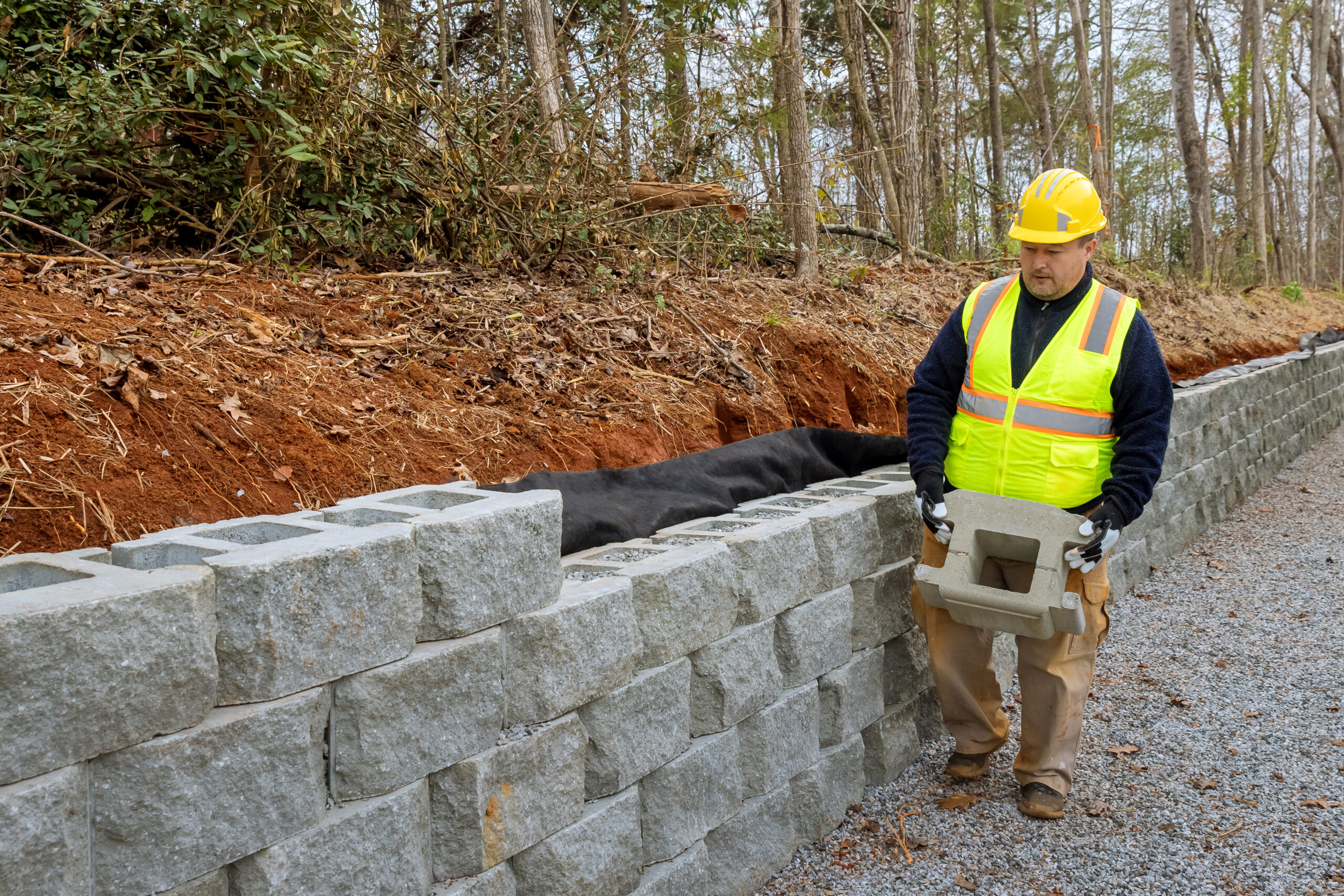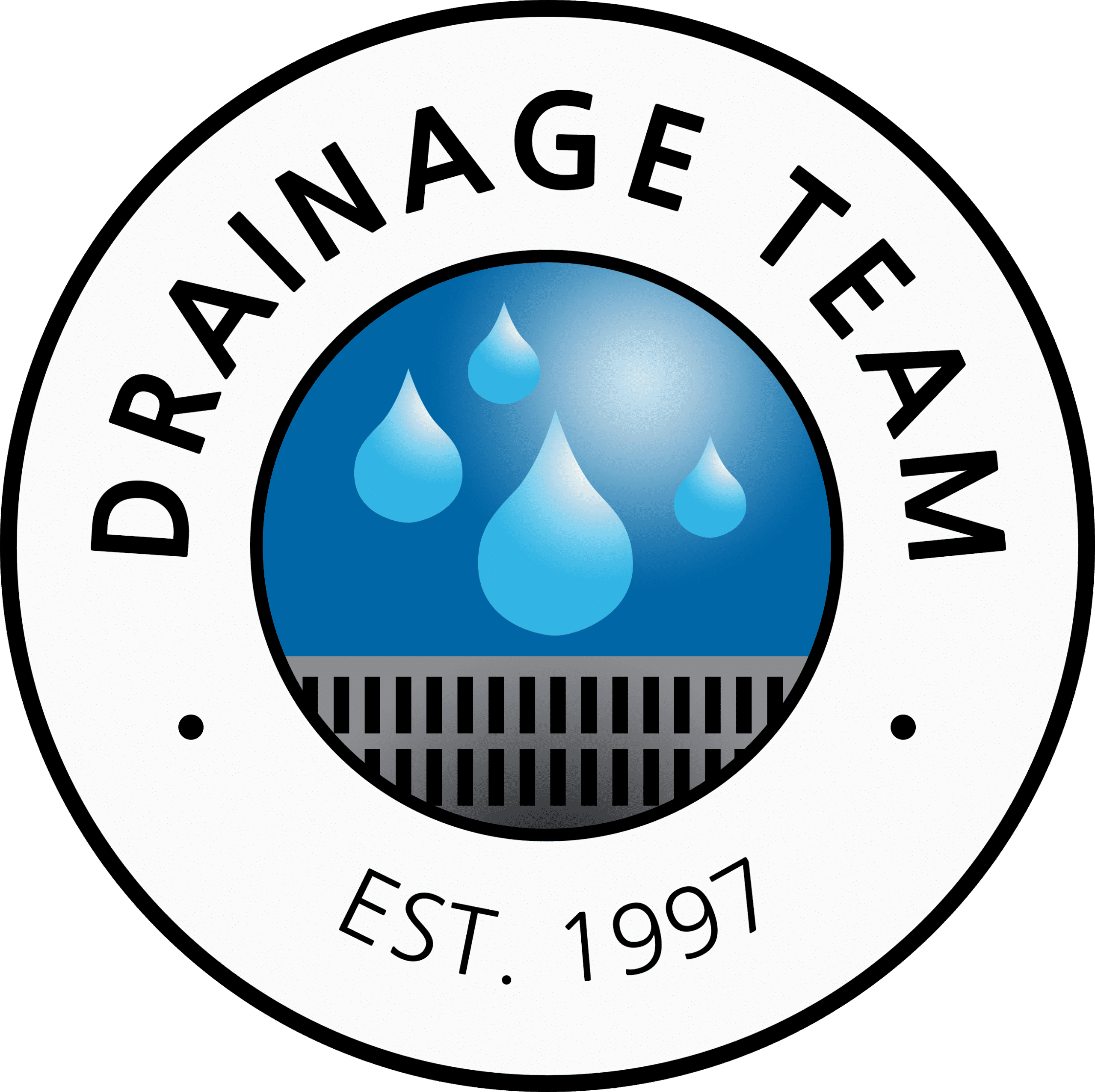Retaining walls serve as both functional and aesthetic additions to numerous residential, commercial, and governmental properties. By stabilizing slopes, preventing erosion, and providing vital landscape features, these structures greatly enhance the overall usability and appearance of your property. However, to ensure the longevity and stability of these valuable investments, proper drainage is an essential factor that should not be overlooked.
A poorly drained retaining wall is susceptible to numerous issues resulting from the pressure exerted by groundwater. Over time, water trapped within or behind the wall can lead to increased hydrostatic pressure, resulting in structural damage, cracking, and even catastrophic failure. Furthermore, ineffective drainage can contribute to soil saturation and erosion, potentially weakening the wall’s stability and support. As such, it is crucial to explore various drainage systems, techniques, and materials to maintain optimal performance and avert these costly and damaging consequences.
In this comprehensive guide, we will delve into the importance of effective drainage for retaining walls, providing you with the knowledge needed to protect your landscape investment. From material selection to installation tips and maintenance guidelines, our discussion aims to assist you in making informed decisions while guaranteeing the long-term success and stability of your retaining walls.
1. Retaining Wall Drainage Materials and Techniques
Several materials and techniques can be used to ensure proper drainage around and through retaining walls. Each method provides different levels of effectiveness depending on factors such as soil conditions, structural materials, and the specific retaining wall design. Some popular options include:
– Perforated drain pipes: Installing perforated drain pipes along the base of the retaining wall helps collect and direct excess water away from the structure, preventing water accumulation and reducing hydrostatic pressure.
– Backfill materials: When constructing retaining walls, using gravel or other permeable materials behind the wall can greatly enhance drainage capabilities. This permeable backfill layer serves as a conduit for water to flow down and away from the wall, further reducing pressure on the structure.
– Weep holes: Weep holes are small openings placed intermittently throughout the wall to allow any trapped water to exit the structure. These openings relieve hydrostatic pressure while ensuring proper ventilation within the wall system.
– Filter fabric: Lining the retaining wall and the backfill material with a layer of filter fabric prevents soil from entering the drainage area. The filter fabric helps maintain the integrity of the drainage system by preventing clogging and optimizing water flow through the backfill materials.
2. Installing Retaining Wall Drainage Systems
A professionally installed drainage system is essential to the continued success of your retaining wall. The installation process typically includes the following steps:
1. Excavation: The first step in proper drainage installation is excavating an appropriate trench along the base of the retaining wall, creating access for the drainage components.
2. Drain pipe installation: A perforated drain pipe is laid at the bottom of the trench, ensuring full coverage along the retaining wall’s length and taking into account any necessary slope adjustments to facilitate proper drainage away from the structure.
3. Backfill placement: Gravel or other permeable backfill materials are then placed around and above the pipe, creating a consistent layer of drainage material behind the wall.
4. Installing filter fabric: If necessary, apply a layer of filter fabric above the backfill to maintain the drainage system’s efficiency and prevent soil intrusion.
5. Weep hole construction: Create weep holes in the wall if required, providing an escape route for any trapped water.
6. Full drainage integration: Once all components are in place, finish the installation by ensuring the drainage system is seamlessly integrated into the overall retaining wall design, allowing for both optimal water flow and reduced hydrostatic pressure.
3. Retaining Wall Drainage Maintenance and Troubleshooting
Regular maintenance is necessary to keep your retaining wall drainage system functioning efficiently. Key considerations for effective care and troubleshooting issues include:
– Inspection: Periodically inspect your retaining wall for signs of drainage issues, such as wet spots, erosion, or vegetation growth indicative of excess moisture.
– Debris removal: Keep the area around the wall and any exposed drain pipes clear of debris and vegetation that could obstruct water flow or lead to clogging.
– Weep hole maintenance: Inspect the weep holes for blockages and clear them as needed to ensure proper water movement through the wall.
– Drainage pipe examination: Check the endpoint of your drainage system for signs of slowed or blocked water flow, which may require pipe maintenance or cleaning.
– Drainage improvements: If you notice consistent issues with water accumulation or hydrostatic pressure impacting your retaining wall, consider consulting with a drainage professional to explore potential improvements or adjustments to your existing system.
4. Hiring a Professional for Retaining Wall Drainage Solutions
To ensure the continued stability and performance of your retaining wall, it is highly recommended to seek the expertise of a professional drainage expert. Their experience and knowledge can provide many advantages:
– Proper design and installation: A drainage professional will ensure that your retaining wall drainage system is optimally designed and correctly installed, addressing site-specific considerations and challenges.
– Material selection: Professionals have extensive knowledge and experience with the various materials available for retaining wall drainage systems and can guide you in selecting the best options for your property.
– Compliance and permits: By working with a professional, you can ensure that your drainage system complies with local regulations and necessary permits, avoiding potential fines or penalties.
– Ongoing support and maintenance: A trusted drainage expert can provide ongoing support and maintenance, keeping your retaining wall drainage system in peak condition and addressing any issues that may arise.
Conclusion
Proper drainage is a vital component of retaining wall success, as it ensures structural stability, minimizes the risk of damage, and protects your landscape investment. By understanding the materials and techniques available for retaining wall drainage, as well as the importance of proper installation and regular maintenance, you can confidently maintain the health and longevity of your retaining wall system.
The Drainage Team specializes in providing comprehensive drainage, erosion control solutions, stormwater basins, and waterproofing services for residential, commercial, and governmental properties. Our team of experts is dedicated to helping you choose the best drainage solution for your retaining walls while offering ongoing support and maintenance. Contact us today to learn more about our retaining wall drainage services and protect your investment for years to come.







